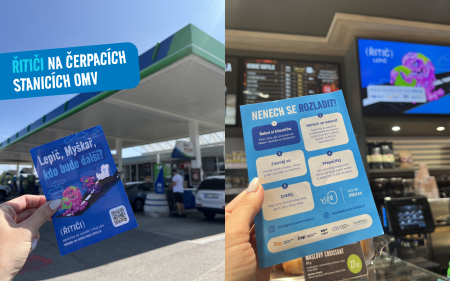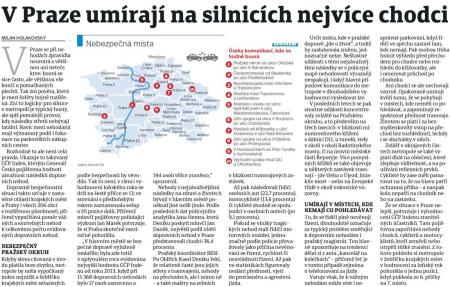Seniors, or people aged 65+, account for 18% of the European Union’s population. Because of long-term low birth rate, ageing baby boomers and prolonging the average life expectancy, their share will increase to 24% by 2030 and to 28% by 2050. This is also connected to an expected increase in share of seniors in the total number of road accident victims. While it is currently 28%, it can raise to 33% by 2050. This problem also affects the Czech Republic. By the end of 2015, the share of seniors in the total population of the Czech Republic was about 18%, by the end of 2021 it was already 21%, by 2030 it will be 24% and by 2050 a whole third. The share of seniors in the total number of accident victims is growing in the same trend. In 2011, it was 16%; in 2021, it was 26%. Similarly, the proportion of severely injured seniors has increased from 14 to 18% over the last ten years. In the future, it can be expected that the proportion of seniors in the total number of accident victims will continue to increase.
Within the European Union, seniors are the second most vulnerable group of road users, in close pursuit of the 18- to 24-year-olds. Statistical data clearly shows that young people aged 18 to 24 account for 7% of the total population of the European Union, but their share of the total number of accident victims is 12%. The second most vulnerable group of road users are the elderly. Their share of the total population is 18%, but they account for 28% of accident victims. In contrast, adults aged 25 to 49 make up 35% of the European population and account for 36% of accident victims. Roads are safest for children under the age of 15. They account for one-sixth of the total population, and only 3% of the total number of people killed because of a traffic accident.
What is the cause of tragic accidents among seniors? The elderly people are threatened by their increased physical vulnerability as well as gradual decline of their mental and physical abilities. In the final consequence, with increasing age the risk that an injury sustained in an accident will be fatal increases. When the same force is applied, people over the age of 75 are three times more likely to suffer a fatal injury than 18-year-olds. Seniors are more vulnerable than cyclists and are significantly less vulnerable when transported by car. In general, people over the age of 65 are twice as exposed to the risk of death in a traffic accident, and the risk increases significantly from the age of 75 when the risk is more than 16 times higher. However, it is worth remembering that current mental and physical fitness are very individual matters.
Individual countries are trying to improve the safety of seniors on the roads by making adequate adjustments to the transport infrastructure, and cars are then equipped with sophisticated assistance systems. Unfortunately, there is a lack of comprehensive, high-quality, nationwide educational programs on how to behave in road traffic, specially designed for seniors. Our long-term national educational program, introduced already in 2018, can rightly be considered unique worldwide.




